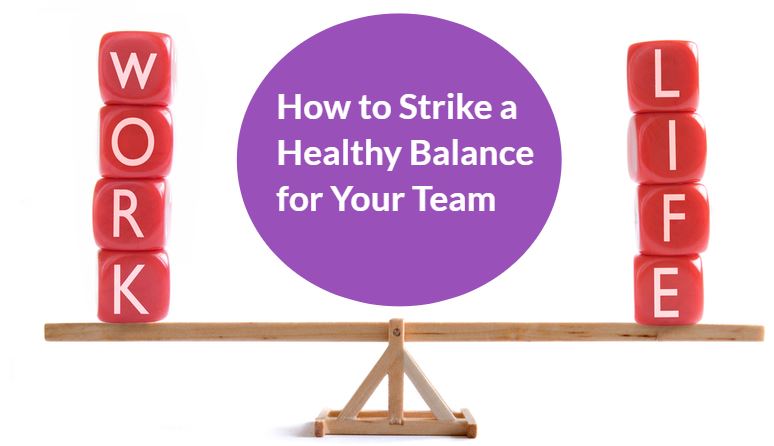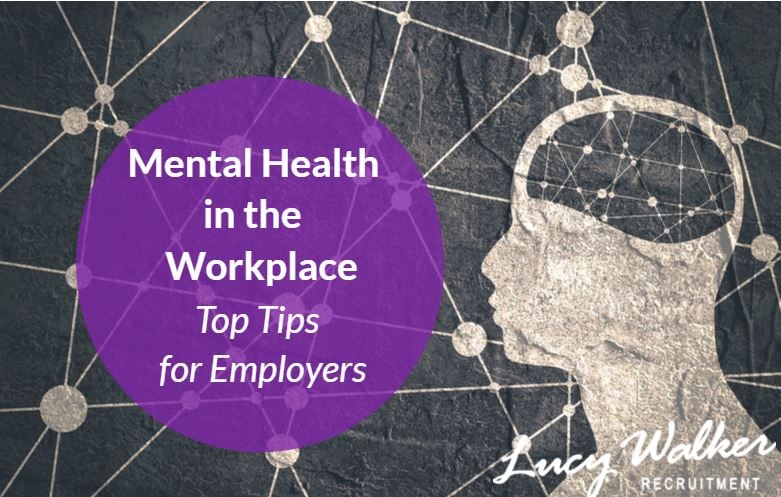Making redundancies is almost without exception a horrible process for managers, leaders and business owners, those employees whose roles are being made redundant, and also the remaining team.
The redundancy process is massively stressful, but it can also be emotive with lots of unknowns for the individual concerned and in some cases the organisation. There are many elements to consider such as legal requirements, financial guidelines, timescales, and communications.
While the redundancy process directly impacts those at risk or being let go, many forget the impact this process has on the rest of the team remaining in the organisation.
So, how does the redundancy process effect staff who aren’t being made redundant?
We have identified 4 key areas:
1. Workload
More often than not, redundancy might not necessarily be because of not having a need for that role, but more a result of company finances and resource. So, by making a role redundant, there are many duties and workload which will need to be distributed amongst the remaining team to ensure activity continues. This instantly increases the workload for team members which can have a bit impact on them personally.
2. Morale
Throughout the process of redundancy, there can be huge impact on the morale and engagement of the team, not wanting to discuss the ‘elephant in the room’ and not knowing what to say. Once the redundancies have been made and team members are let go, there is an instant change in team dynamics, change in conversations in the office, change in routines and unsettle with the team.
3. Uncertainty
While those team members still with the organisation have not been at risk of redundancy throughout this stage, there will be questions raised and uncertainty from the team wondering if the same could happen to them in time.
4. Performance
As a result of increased workload, decreased employee morale and uncertainty within the organisation, research has shown that productivity and performance are directly impacted and, in many situations, decline significantly. Not only that, absenteeism is said to increase amongst existing staff which directly impacts activity levels and performance which in turn has a negative impact on the business.
What do organisations need to consider?
To ensure workload, morale, uncertainty, and performance do not become impacted in negative ways it is important to consider the following 4 areas:
1. Communications
It is so important to regularly communicate with your team, keep them informed and up to date with changes, announcements and plans going forward. By keeping the team in the loop they will feel involved, valued and confident in you as an organisation. Schedule in regular catch ups, one to ones and have an open-door policy (open zoom policy) for anyone who wants to chat through anything at any stage.
2. Team Building
Keeping the team engaged and together as a unit following redundancies in the organisation is important, especially if some or all of the team are working remotely. While it may not always be possible to have physical team building its good to schedule in regular team meetings to keep everyone in touch with one another and to know what is happening in all areas of the business.
It’s also good to have some ‘down time’ and social catch ups to discuss plans for the weekend, what others are doing in their spare time or even sharing day trip ideas, cooking tips, Netflix recommendations and more…
3. Delegation
With a potential increase in workload to absorb the work of the redundant role (this may not always be the case for many cases of redundancy) it is important to clearly delegate work and manage expectations of team members.
This will ensure clear understanding of who is accountable for workload and the team will know their responsibilities given to them with clear direction instead of blurred lines of communication and responsibility.
4. Honesty
When organisations experience redundancies there can be a breakdown in trust, confidence, and engagement of existing employees through no fault of the organisation. As a result of this, it’s important to build this trust by being honest with your team, addressing their concerns and giving them the confidence that their role is safe, however it’s important to remain realistic if there is still uncertainty for the future.
Many teams experience unsettle and impact when it comes to changes within organisations and redundancies are a big change and process to experience. If leaders and managers take the time to consider repercussions and impact on the existing team, the organisation can work through the transition period and return to a happy and balanced equilibrium with great activity levels and performance, increased employee morale and engagement!
How Can We Help You?
Hopefully, we can with our market knowledge even if it’s simply pointing you in a different direction.
Our involvement in the recruitment process over the last 30 years means we have seen a range of techniques, ideas and platforms used by clients which could help you.
Why not call us on 0113 367 2880 to have a conversation with one of our team. Alternatively drop us an email here or check out our Testimonials and Case Studies.











.png)





.png)






